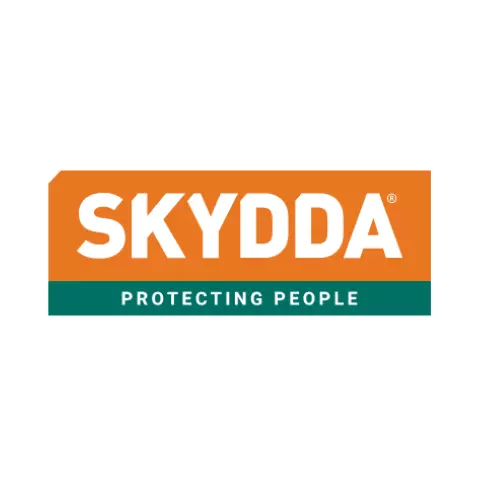Guide Lightweight Work Glove 710
Skydda
visit storeProduct description
Work glove with PVC pins. Seamless knitted cotton/polyester with PVC pins in the palm. Good grip. Approvals: EN 388 1141 X
The surface texture or coating on the palm and fingers that determines how securely the gloves can grip tools, materials, and surfaces during work tasks.
Indicates which areas of the glove have protective or grip-enhancing coating applied, affecting durability, grip, and dexterity in different work tasks.
Determines how the glove secures around the wrist, affecting fit, protection from debris, and ease of putting gloves on and taking them off.
The inner lining or coating that affects comfort, grip, insulation, and protection against chemicals or allergens.
Seamless knit offers superior comfort and dexterity, eliminating irritating seams for a natural feel.
Multi-purpose design offers versatile protection and comfort, ready for a wide range of tasks.
Full finger coverage offers complete protection and warmth, keeping your hands safe and comfortable.
The material used on the palm side of the glove, affecting grip, durability, protection level, and comfort during use.
Describes how seams are constructed and positioned on the glove, affecting comfort, durability, and dexterity during use.
The material applied to glove surfaces to enhance grip, protection, and durability for specific work conditions and hazards.
- Hand Protection
- Slip Resistant
- Cut Resistant
Request a free sample
Test first and buy later. Visit any product page to request your free sample.
Standards and labels
Protective gloves with the EN 388:2016 rating are tested for resistance against mechanical risks like abrasion, cuts, tears, punctures, and optional impact. This rating helps you quickly identify and choose gloves that offer the right level of protection for your hands during various tasks.
Test results
Tear Resistance Level 4Offers the highest level of protection against tearing, withstanding a strong force before ripping.
Abrasion Resistance Level 1Provides basic resistance against scraping and surface wear for low-risk tasks.
Cut Resistance, ISO 13997 Level XProvides the highest level of cut protection, passing a specialized test for materials that dull blades.
Puncture Resistance Level 1Provides basic protection against punctures from blunt objects like splinters, not sharp points like needles.
Cut Resistance, Coup Test Level 1Provides minimal protection against cuts from a rotating blade under constant, low force.
PPE stands for "personal protective equipment." PPE Category 1 refers to equipment that is simple and easy to use, and has a lower level of risk. Examples of PPE Category 1 include gloves, goggles, and simple respirators. In Europe, PPE Category 1 must meet certain safety standards set by the European Union. This means that it must be designed and manufactured to protect the user without causing harm. Companies that make or sell PPE must prove that it meets these standards.
CE Marking is a label that shows a product meets certain safety and environmental standards set by the European Union. To get the CE Marking, a company must test and certify their product meets these standards. CE Marking is required for many products sold in the EU, including electronics, machinery, toys and medical devices. It helps ensure that products are safe for consumers and the environment, and allows for easy trade within the EU.
Skydda delivery terms
Free delivery when you order more than 1 650,00 kr from Skydda
Supplier shipping fee 60,00 kr
Brand minimum 0,00 kr
185,59 kr
Price per 12 pairs
15,47 kr / pair
Shipping fee is 60,00 kr for orders under 1 650,00 kr
A package contains 12 pairs
Need larger quantities?
Other products you may like
Recently viewed
Need help?
Get help from our experts
Other products you may like
Similar products you may like
Autonomous sourcing platform
The most efficient way to source and order supplies for your operations
Sourcing
Ordering
List products you’re looking for and we’ll find the best products and prices for you – all for free.
Need help?
Get help from our experts



